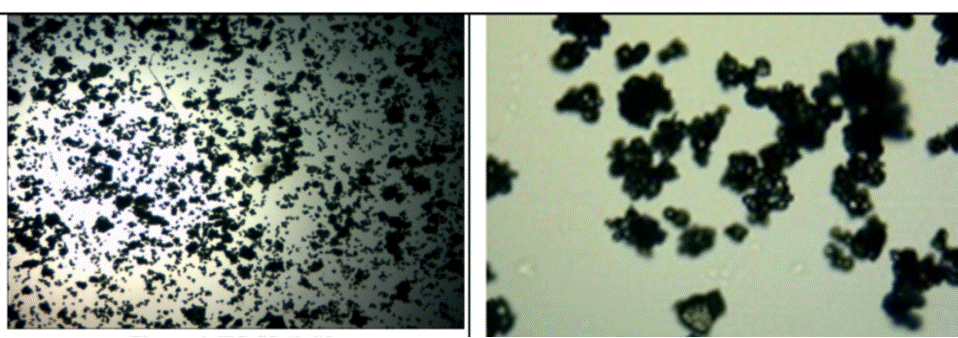


Journal of Pharmaceutical Research
DOI: 10.18579/jopcr/v22.1.MS230208
Year: 2023, Volume: 22, Issue: 1, Pages: 42-49
Original Article
Oladapo Adetunji ✉ 1 , Elizabeth Alabi 1 , Morenikeji Adeyemo 2
The aim of the study was to characterize native and thermally silicified blends of sweet potato and sorghum starch granules using their physicochemical and rheological properties. Sweet potato (Ipomea batatas L., Family: Convolvulaceae) and sorghum (Sorghum bicolor, Family: Poaceae) starches (PS and SS respectively) were extracted and silicified by dissolving 25%w/w silicon dioxide in ultra-pure water containing 75%w/w starch with continuous stirring at 42±0.5oC for 4 mins and subsequently oven-dried (45±0.5oC) to form sPS and sSS respectively. Physical blends of sPS and sSS granules in ratios 1:1, 1:2 and 2:1 were made and compared with granule blends of PS and SS at similar ratios. Angle of repose, density measurements, Carr’s index, Hausner’s ratio, morphology, pH, swelling capacity and FTIR spectroscopy were used as the assessment criteria for the physicochemical characterization of the granules. Rheological analysis of the granules was carried out using pasting characteristics. The results were analyzed using mean (n =3) and standard deviation. The angle of repose was in the order 41.2±0.6o[PS:SS(2:1)]>38.4±0.1o[PS:SS(1:1)]>36.8±1.5o[PS:SS(1:2)]>12.7±0.3o[sPS:sSS(1:1)] >11.2±1.1o[sPS:sSS(2:1)] > 10.8±0.2o[sPS:sSS(1:2)], indicating better flow of the silicified starch blends. At all the ratios, the native starch blends had higher bulk and tapped densities than the corresponding silicified starch blends. The Carr’s index and Hauner’s ratio ranked sPS:sSS(1:2)<sPS:sSS(2:1)<sPS:sSS(1:1)<PS:SS(1:1)<PS:SS(1:2)<PS:SS(2:1). Granules of sPS and sSS blends were discrete and spherically shaped, while PS and SS granule blends were clumped and irregular in shape. The pH of the blends ranked 7.3±0.2 [PS:SS(1:2)]>7.1±0.3[PS:SS(1:1)]>6.9±0.1[PS:SS(2:1)]>6.8±0.2[sPS:sSS(1:1)]>6.7±0.3[sPS:sSS(1:2)] >6.4±0.1[sPS:sSS(2:1)]. The native starch blends showed higher swelling at 27.0±1.5oC than the silicified starch blends with PS:SS (2:1) having the highest swelling capacity. The FTIR plots of the native starch blends showed prominent peaks that were retained in the silicified blends; however, new functional groups were added as a result of the silicification. Peak and breakdown viscosities were generally higher in PS and SS blends than the silicified blends. The result shows that modification and co-blending of potatoe and sorghum starch granules led to improved functional properties of the native starch blends, with good potentials as excipients in dosage formulations.
Keywords: Sweet potato starch, Sorghum starch, Co-blending, Thermal silicification, Excipients.
© 2023 Published by Krupanidhi College of Pharmacy. This is an open-access article under the CC BY-NC-ND license (https://creativecommons.org/licenses/by-nc-nd/4.0/)
Subscribe now for latest articles and news.